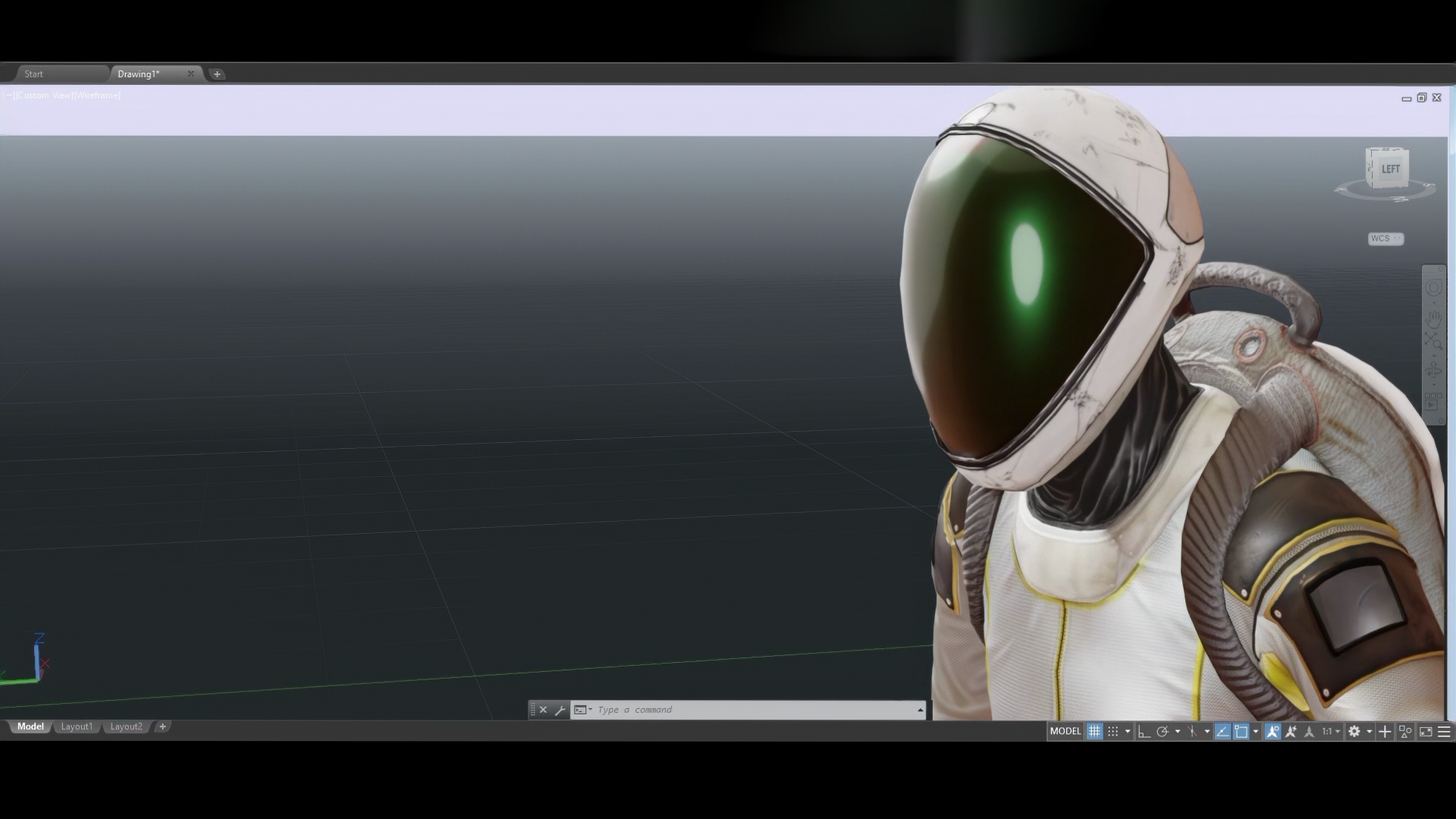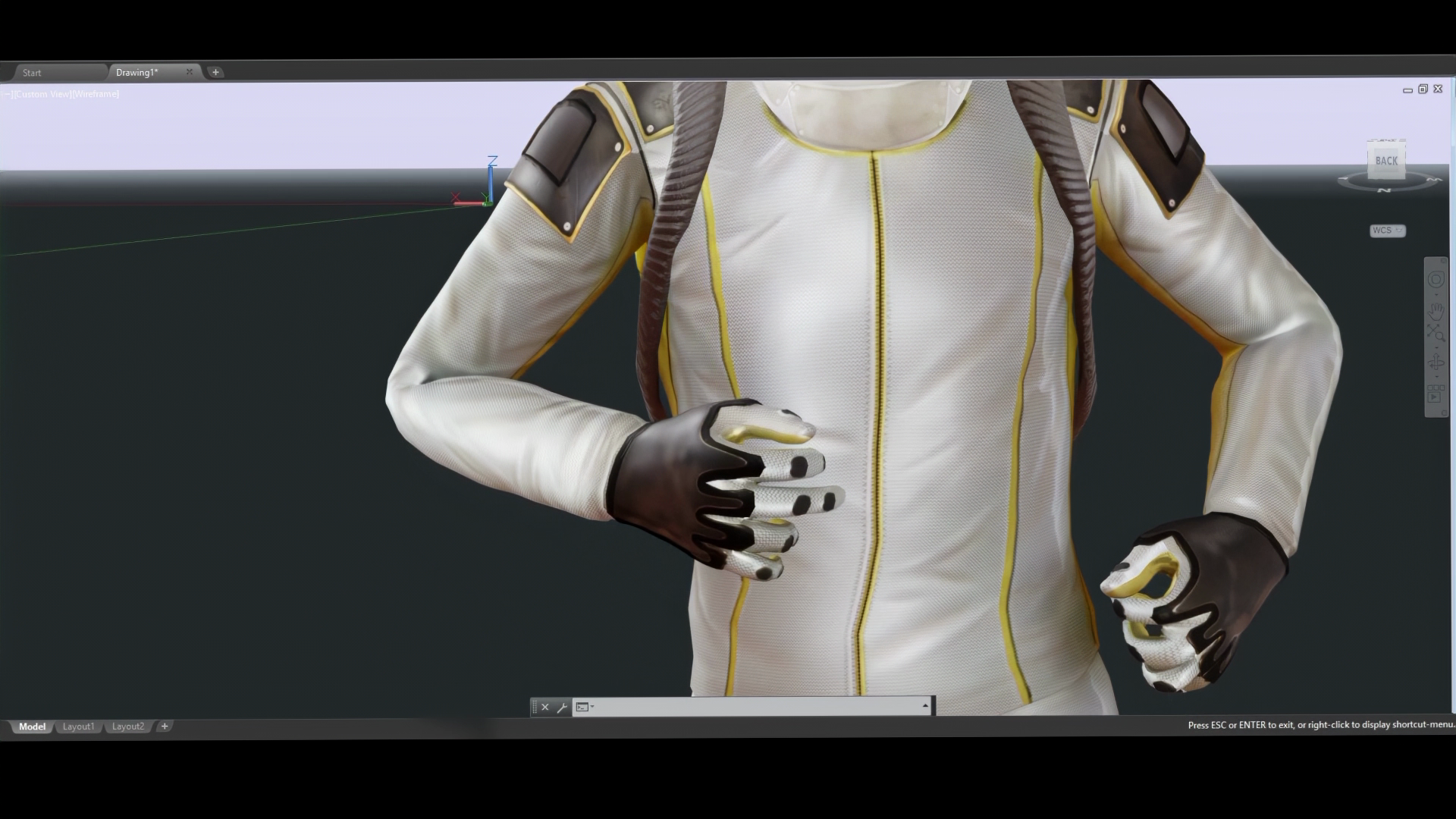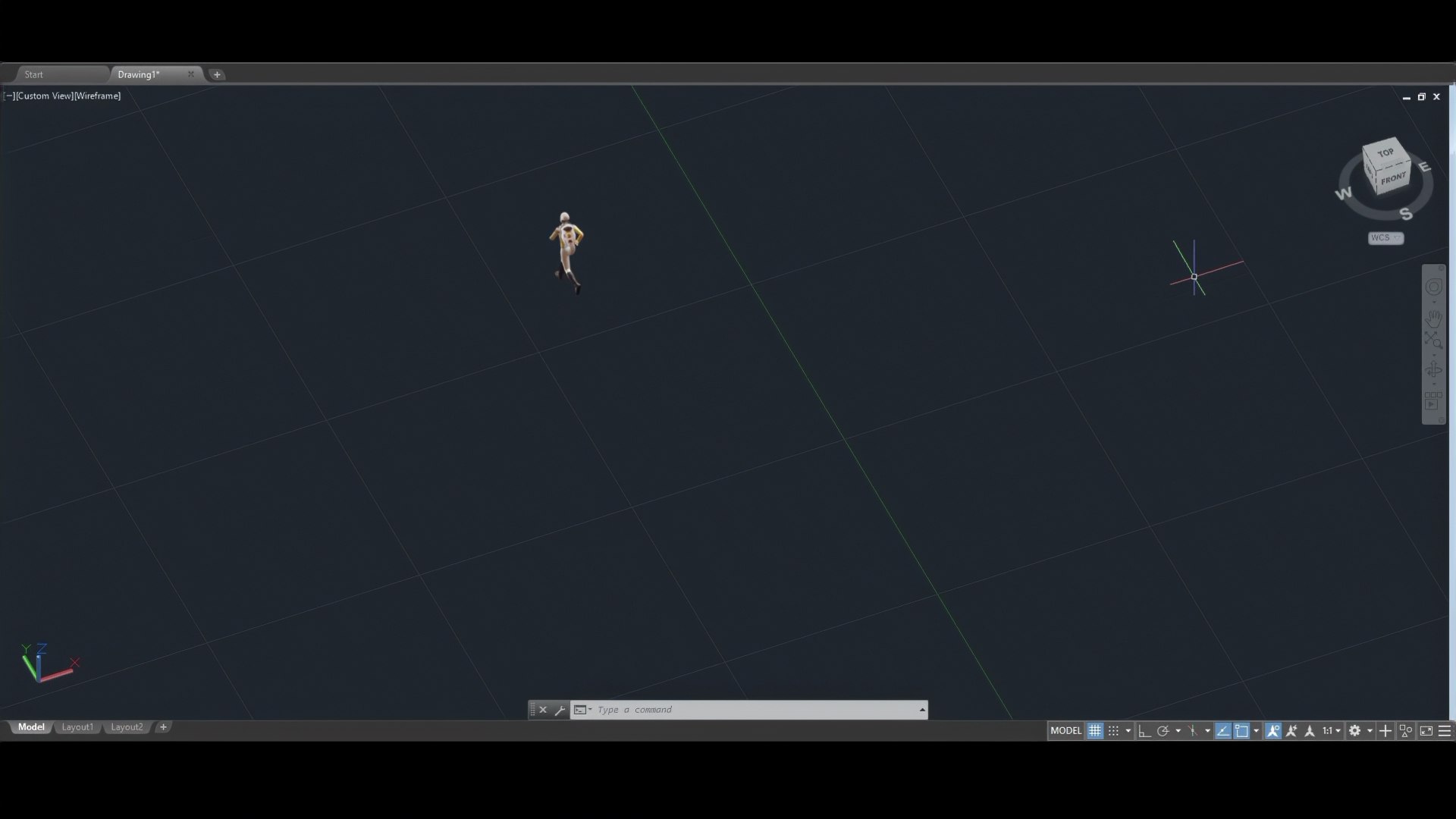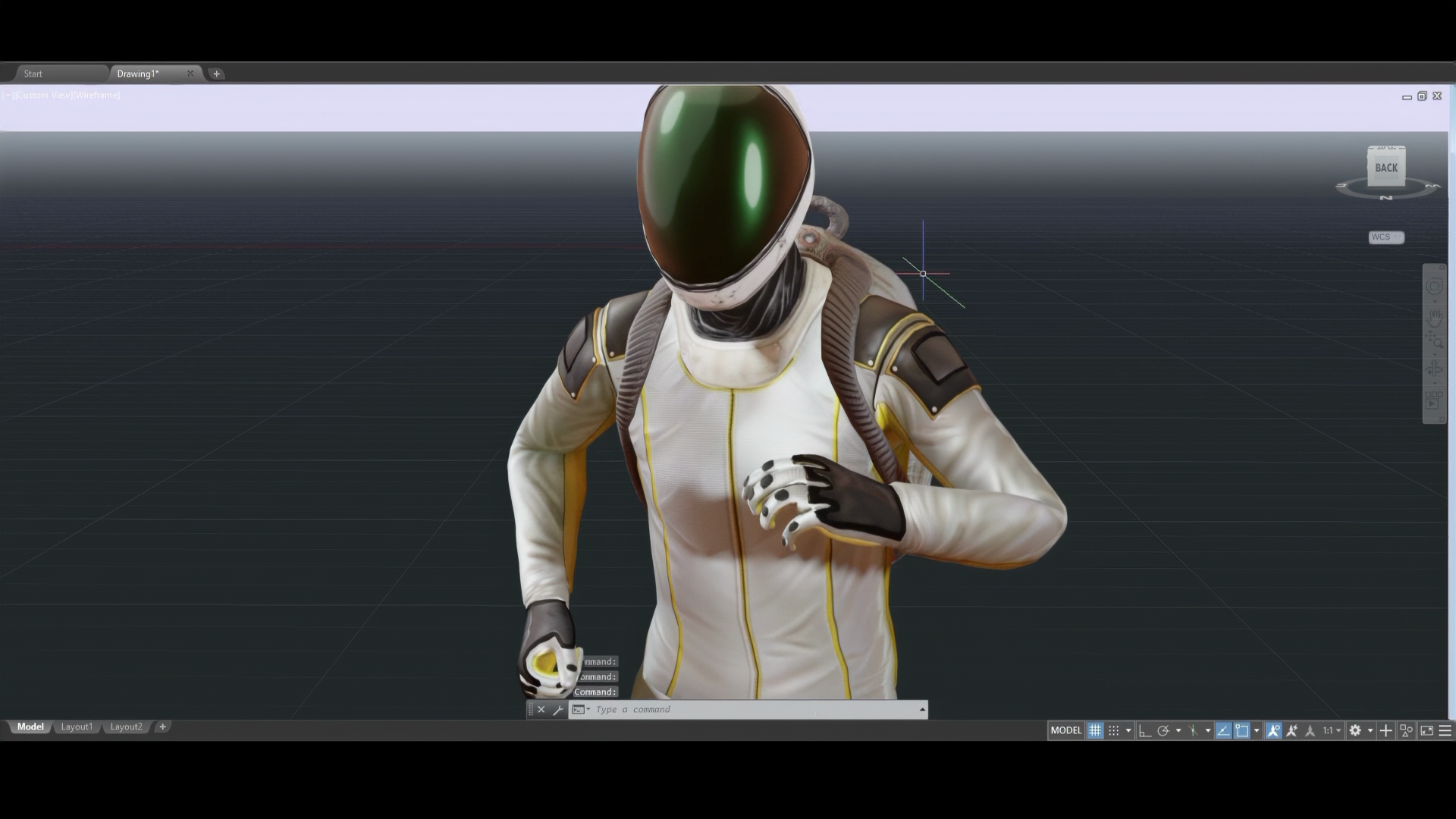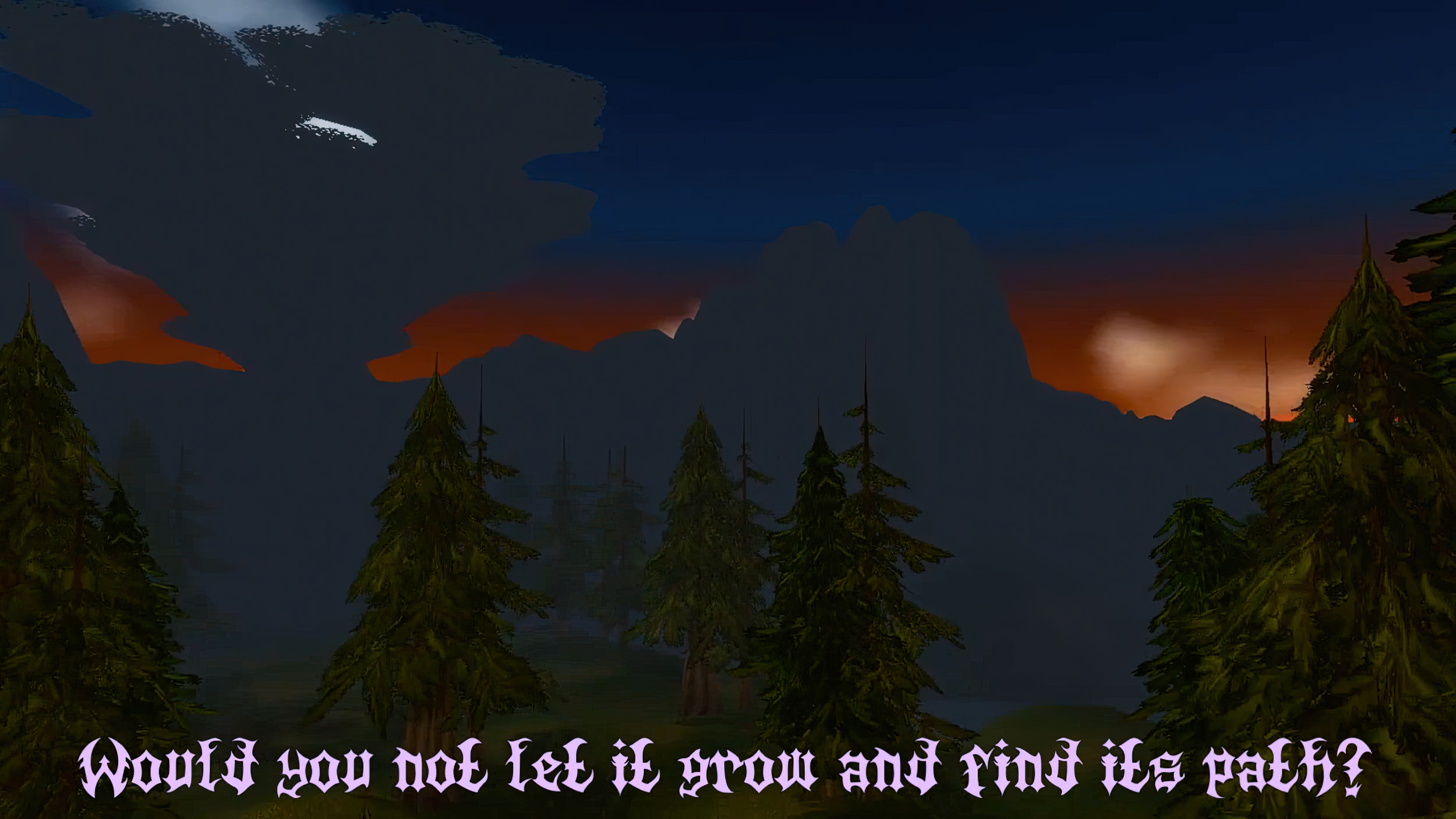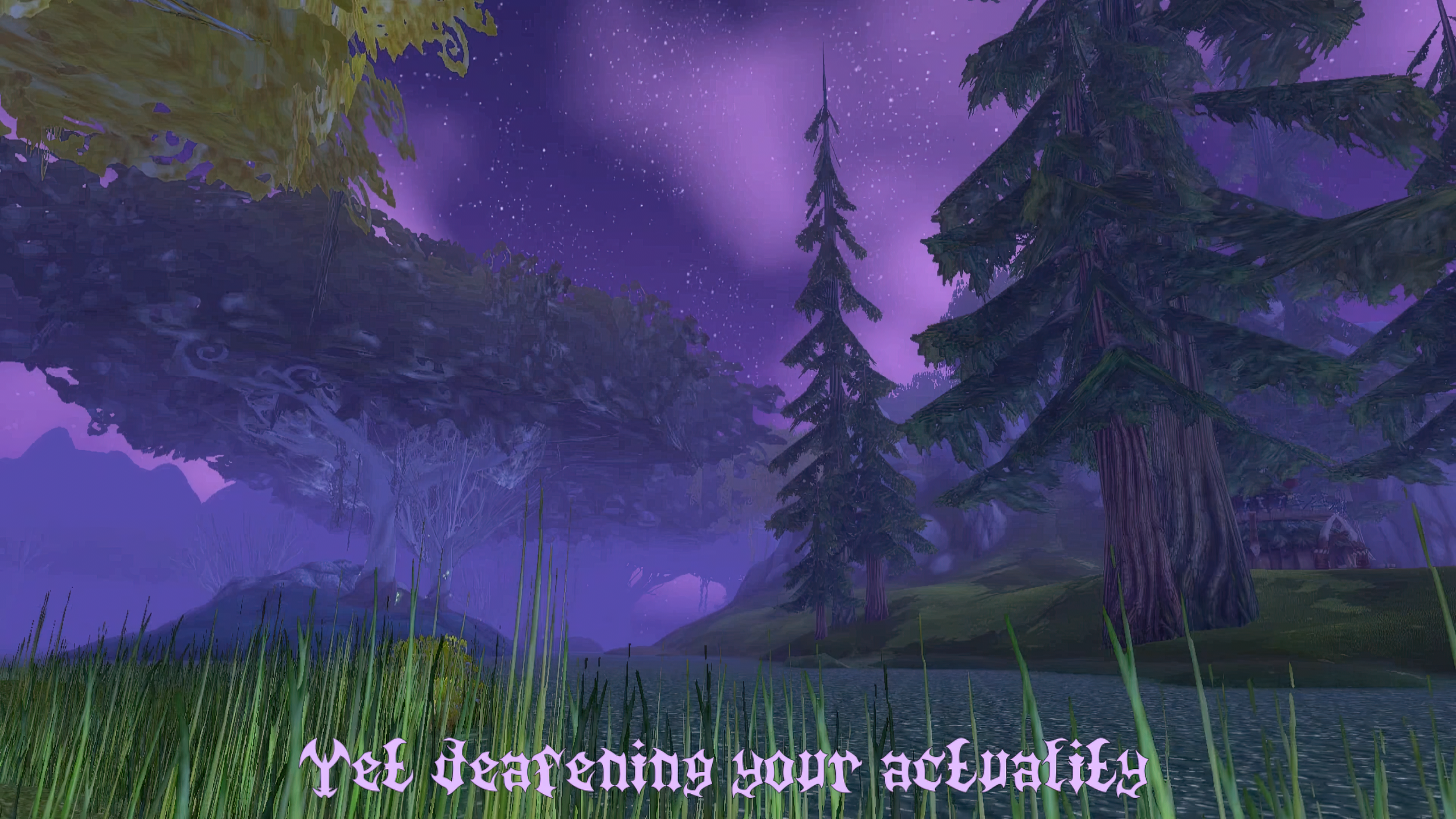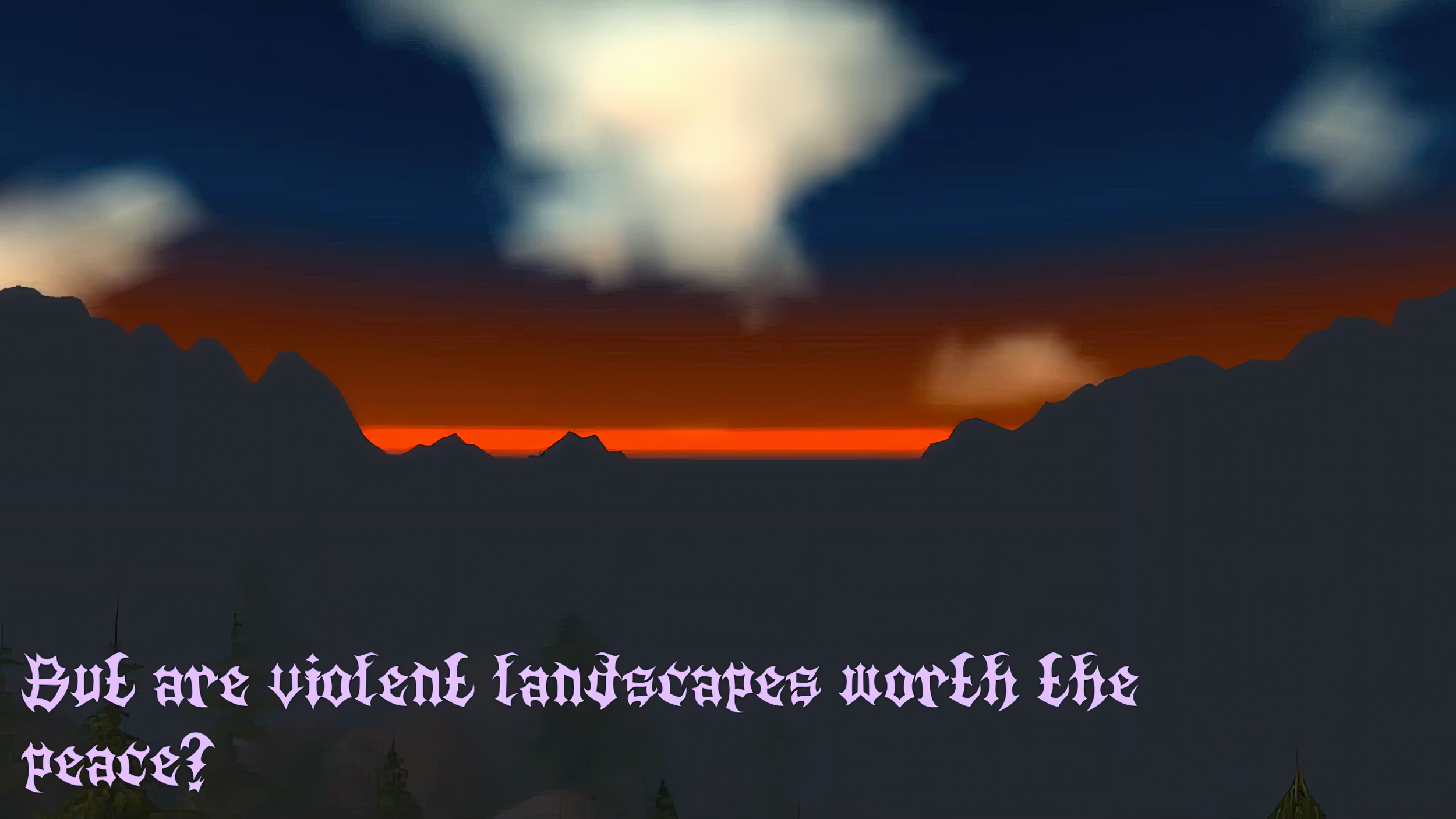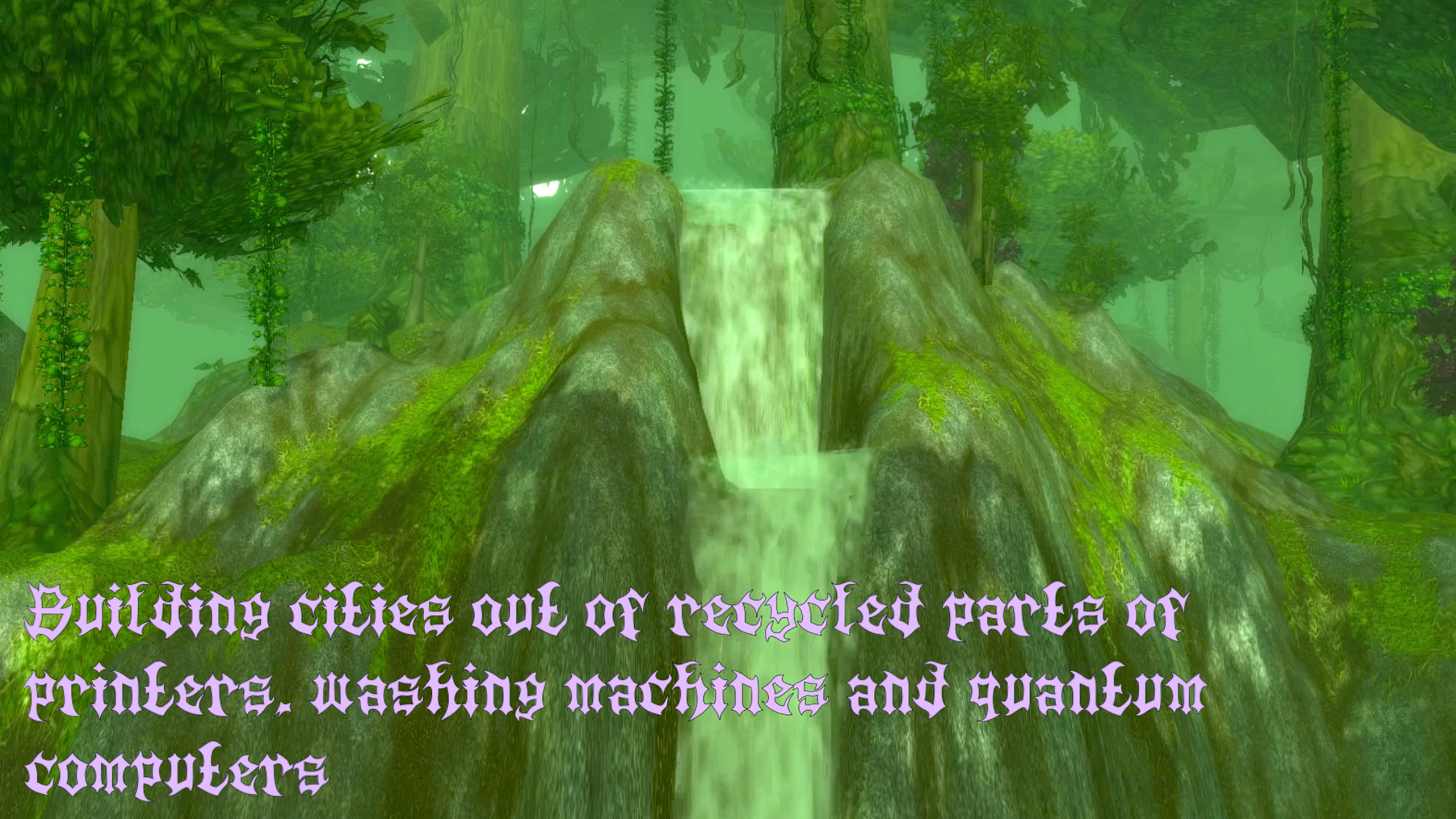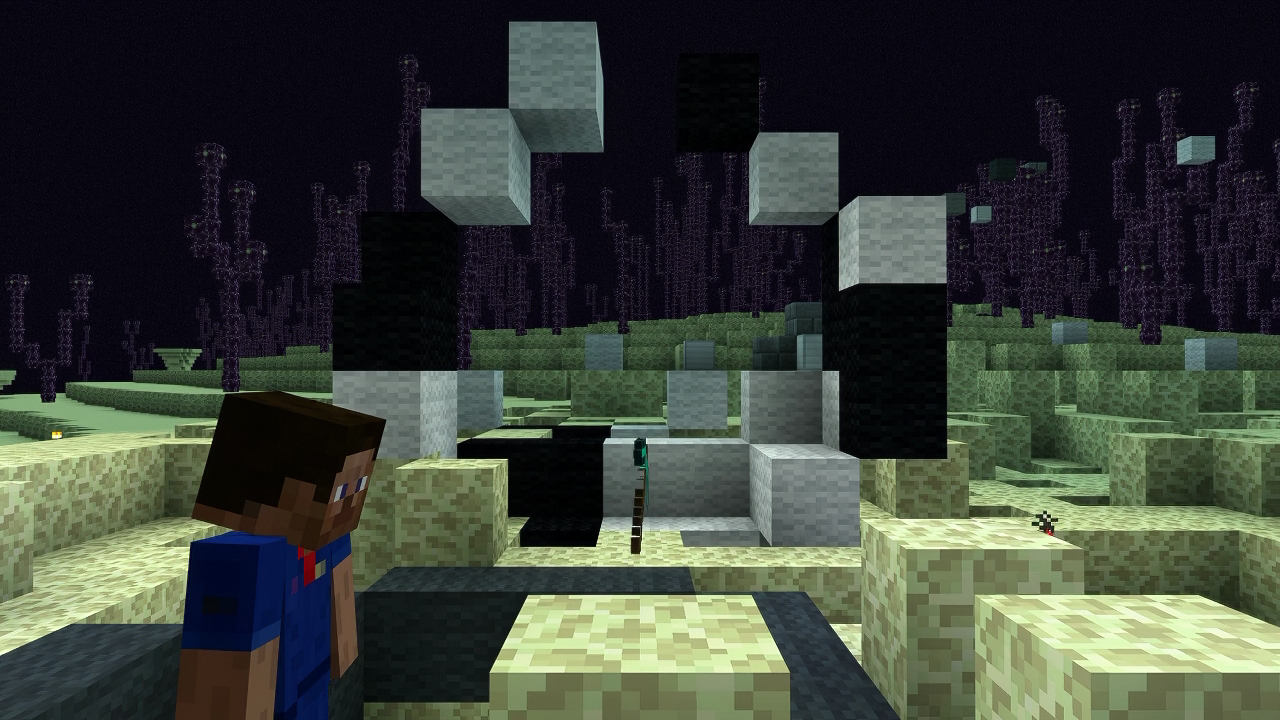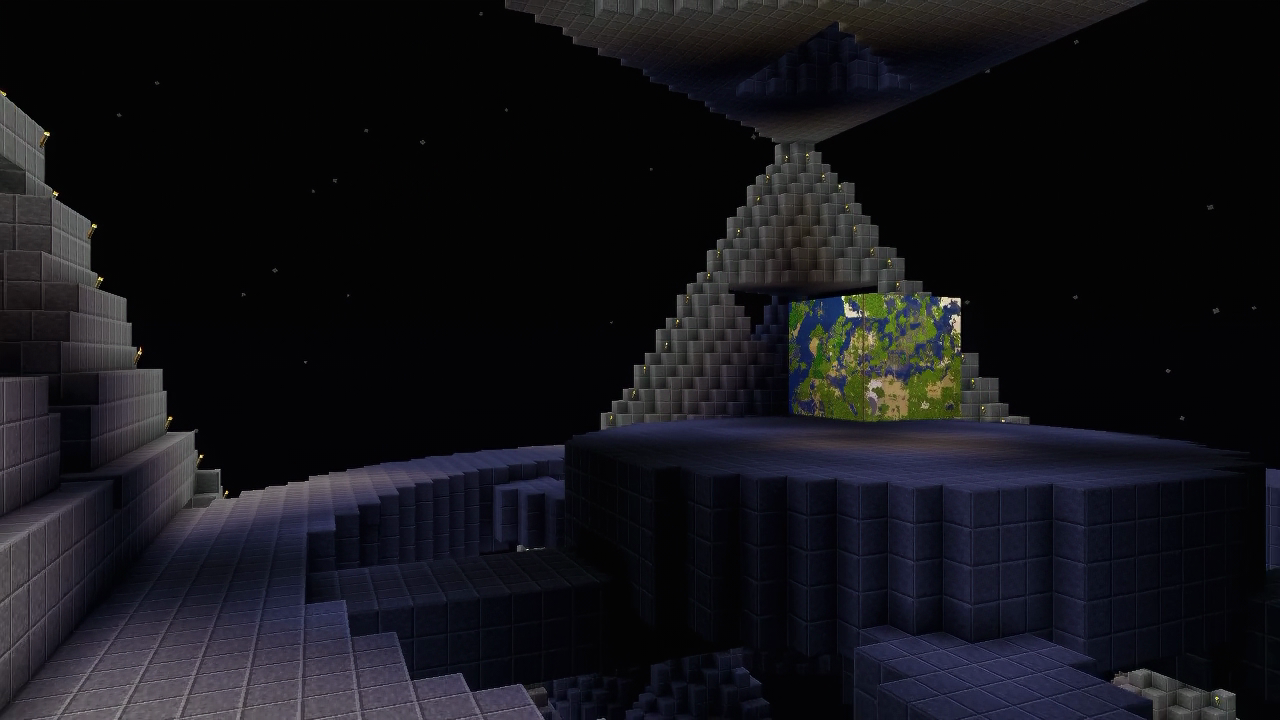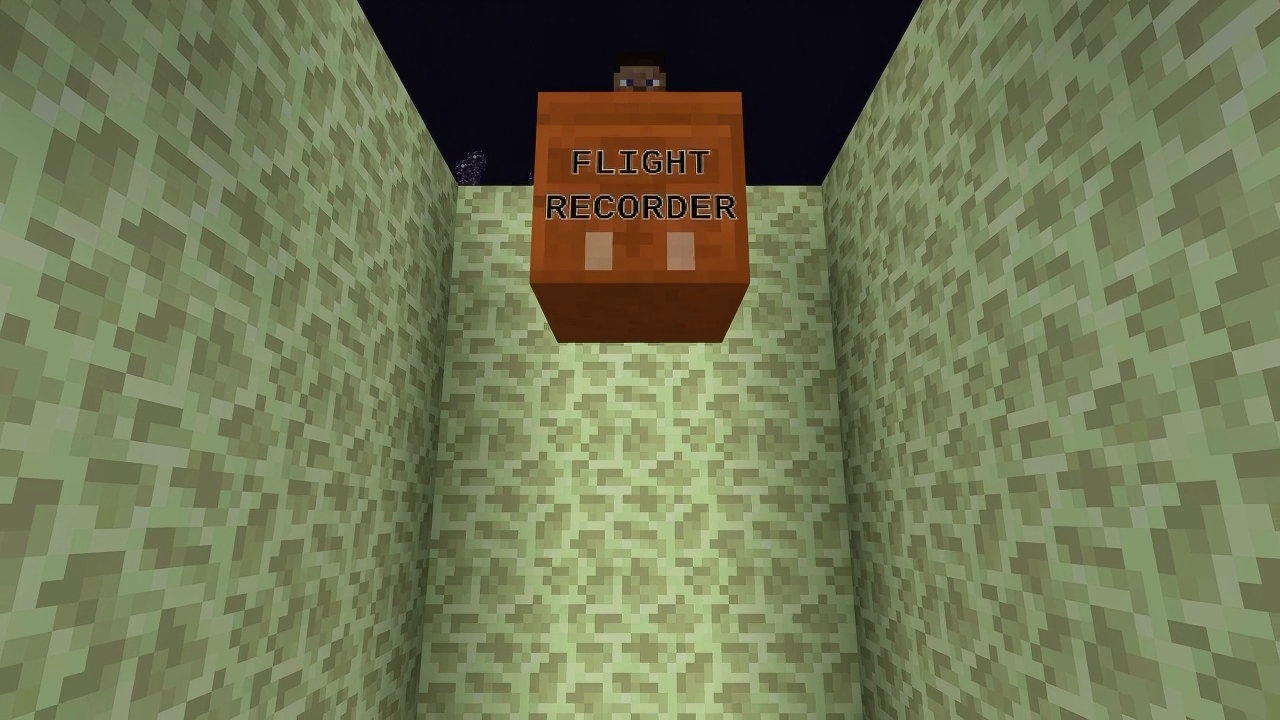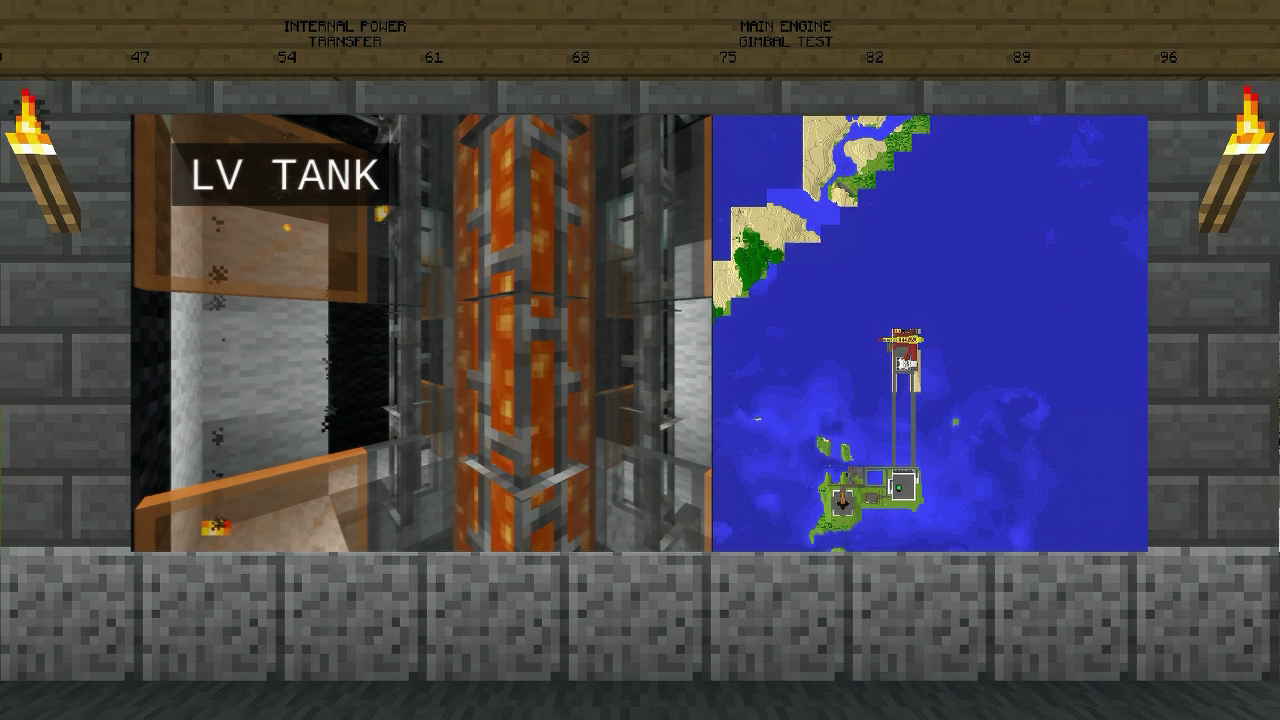PATREON-EXCLUSIVE CONTENT
〰️
PATREON-EXCLUSIVE CONTENT 〰️
The Milan Machinima Festival is happy to present Manuel Ghidini’s OccupyCAD, which appropriates and recontextualizes the protagonist from the Occupy Mars video game to suggest alternative possibilities for space exploration and to think about the very notion of “space”. Featured in the Made in Italy program, Ghidini's work will be available between March 19-26 2023 exclusively on the MMF website.
Manuel Ghidini was born in Gardone Val Trompia, an industrial stronghold in Northern Italy, in 1997. Ghidini’s upbringing in the City-workshop of Lumezzane heavily influenced his artistic practice. After completing his studies in Brescia, Ghidini moved to Milan to attend Brera Academy of Fine Arts, where he began to interrogate the perceptive questions of reality. Ghidini’s work investigates epistemology through the visual arts. He currently lives and works in Lumezzane.
In the following interview, Ghidini discusses the main inspirations behind his new artwork:
Matteo Bittanti: How does the artwork’s (re)use of a video game character challenge conventional notions of the representation of space in art, and how does this recontextualization of the character invite viewers to engage with space in novel, different ways?
Manuel Ghidini: The use of a video game and its resources, such as characters and settings, allows one to operate within the original imagery in a subversive way. Video games are an increasingly popular medium, especially among younger people, including my own generation. Video games, like music and film, have always been a great medium for information and propaganda. The appropriation and the reuse of video games and their assets make it possible to move into this sphere. Considering the games’ economic success - they overtook both the film and music industry a while ago -, they are becoming increasingly relevant and decisive in the dissemination of ideas and values in the cultural landscape. They too, like other media, construct narratives and representations of the self and of the Other.
An integral part of our cultural context, video games consciously or unconsciously reproduce the logics that underlie the capitalist exploitation of resources, often constructing the game in a competitive environment based on scores and unequivocal outcomes (note 1). This is not a necessary requirement by any means, but it seems to me that most if not all mainstream games tend to be based on these characteristics. Without competition or difficulty, video games are perceived as boring, thus “failed”.
Therefore, the reuse of game resources allows for the reshaping of their narratives, for a reimagining of their ideology, for a process of deconstruction of their imagery. Such a process allows for a focus on additional issues, giving the work more nuances and layers of meaning. It also stimulates additional interpretive senses.
I see OccupyCAD as an attempt to resurface that discarded but somehow always-already-present element of the original Occupy Mars video game. I refer to the discarded concerning the implications of what the act of Martian colonization, of occupying new spaces, new worlds, new means. Ignoring current global issues, from climate crises to social crises – not addressing the issue of climate change, except by making it the validating justification for abandoning Earth for a new world within a logic of sheer disposability. Considering the large number of young gamers, we can imagine the influence of these kinds of messages. I’m referring to young people who may or may not complete the mission to conquer Mars. Their will, like ours, is decisive. The use of game resources – of the main character in particular – gave me the chance to remove the cosmetics, the facade of the game and to focus instead on the main issue, the perennial race for survival, with its consequences. Working on the discarded, understood as the recovery of an issue, is of primary importance, and has not been addressed properly. I’m attempting to focus on the real problem we face as a species, by deconstructing the narrative.
Beginning with the operation accomplished with OccupyCAD, the reconsideration of aspects and reflections regarding the game, not foreseen in the original, can also arise in the spectator. I was, therefore, attempting to stimulate critical thinking about the existent in innovative ways, even with respect to machinima itself. The reuse of video game elements, thus, becomes a reactivation, a purposeful response and an act of reappropriation. A refocusing on something deliberately ignored by the original video game. An opportunity for reuse, reinterpretation of the video game. An exercise and a call to reimagine the cultural resources contained in a video game (as elsewhere) by reshaping them and being able to subvert them. The gesture of reappropriating and activating in reconstruction, acting and reacting in the cultural space of co-narrative.
Matteo Bittanti: How does OccupyCAD explore the tension between freedom and constraint, and how does the astronaut’s relentless movement within the confined space of the 3D graphics software relate to broader societal issues surrounding control, surveillance, and agency?
Matteo Bittanti
Work cited
Manuel Ghidini
OccupyCAD
digital video/machinima, color, sound, 5’ 29”, 2022, Italy
This is a Patreon exclusive article. To access the full content consider joining our Patreon community.

